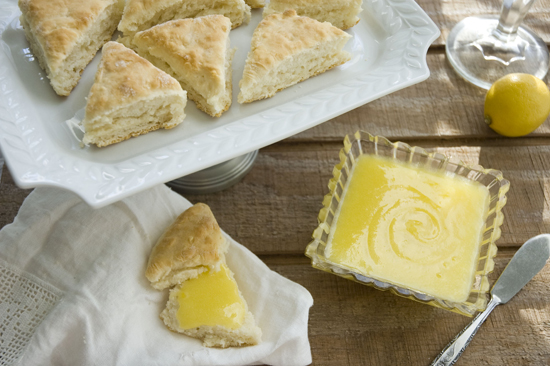Curd is the word
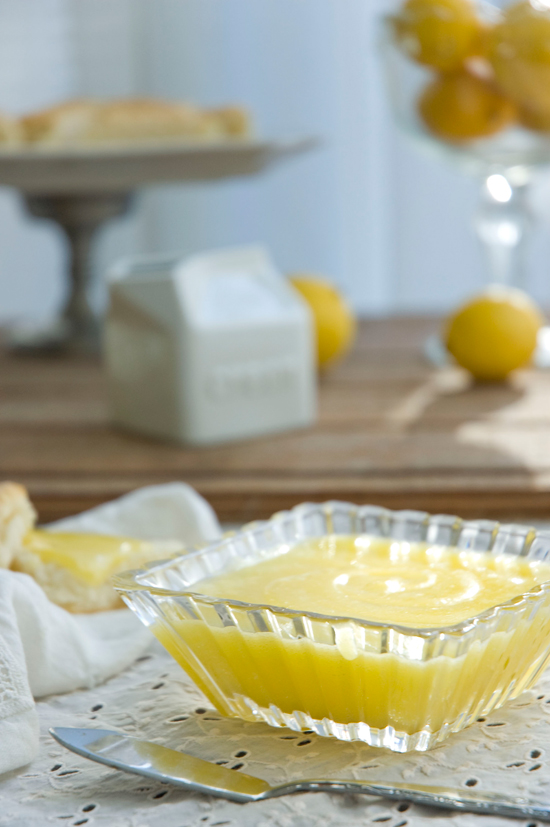
Curd is an ugly word.
Maybe not to you. Some words are only ugly to us in America because we aren’t used to hearing them. The words that sound most similar to curd—curdle and turd, for instance—evoke things we prefer not to associate with our tea and cookies, which could be why we don’t see a lot of curd around here, and more’s the pity.
Obviously, it’s not the first time (toad in the hole) that a food (Welsh rabbit) has translated poorly (spotted dick) from UK English to US English. Over the years, I’ve worked to build an extensive internal English-to-English dictionary that has saved me from many a comical misunderstanding, but it’s taken my whole life so far to build what limited vocabulary I’ve got, and there’s constantly more to learn. What makes things so complicated is that not only do many UK English words differ from what we in the US would say, but some UK terms also have completely different meanings on this continent. Take for example the scones with which I enjoyed this sweet and tasty lemon curd. Be not misled: scones do not seem to be in England what they are in America.

It doesn’t end with food, either! It’s lots of things. Like clothes. For instance, I had lumberjacks wrong for years.

It makes a hell of a lot more sense to wear a garter belt than suspenders with a bra and high heels. And while we’re on the topic, are those lumberjacks wearing pants? The one on the left is!

This curious inconsistency leads to countless opportunities for confusion. An English boy I once knew used to collapse into fits of giggles whenever he saw the massive Old Navy marquee which at the time simply read, “PANTS.” And on the first episode of the second season of Sherlock which aired recently, I noticed that Watson turned to a bathrobe-clad Sherlock and asked if he was wearing any pants, when clearly his legs were bare. Curse the international ambiguity! But here’s the particular implication that’s puzzling me presently—my current Pants Conundrum, if you will:

Do they have sweat pants in England? What are they called? Not sweat trousers, surely. Gross.
Anyway, lemon curd.
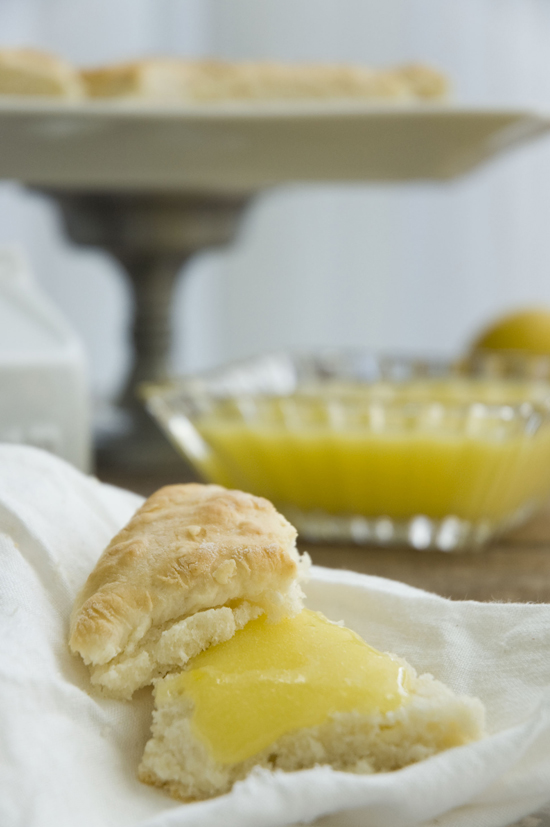
If you’re not immediately familiar with lemon curd, think of it as a dessert condiment. (A dessert condiment that I totally eat for breakfast all the time.) It’s silky-smooth, tart, and reminiscent of lemon candy, except it’s easier to spread with a spoon and doesn’t make your teeth feel furry.
Until recently, I had had very few opportunities to taste lemon curd, although it had always been amazing. Since I’ve never known an American who made it, I long believed that it must be complicated to prepare, or that it required some kind of special lemons you have to import from the British Isles, probably with a Union Jack and a little palace guard stamped on the rind. Not so! It takes 15 minutes and four ingredients. So apart from the name, I can’t think of a good reason why curd shouldn’t be more popular here, except possibly its awkward context. Like jam, it isn’t really of much use all on its own, so unless you make a point of sitting down with something to spread it on (or you see nothing wrong with slurping up jam by the spoonful), curd is a little bit weird.
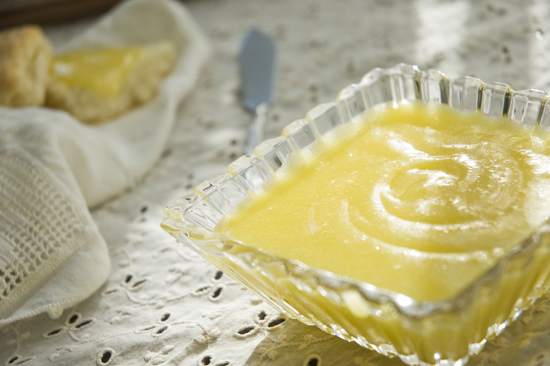
That’s why I am encouraging all of you—yes, even you!—to set aside some time and biscuits this week and whip up this light, sweet lemon curd (seriously! 15 minutes!). You will eat it and you will feel happy. You will think you have tasted the sun. (In a good way. Not in a Bagel Bites way.)
And if you don’t like lemon, choose a different fruit! Any juicy citrus fruit can easily take the place of lemons in this recipe. I myself made some navel orange curd from one large orange, and I found it sweeter and milder than its lemon counterpart. I also recommend lime curd! Imagine key lime pie, but on a biscuit. Imagine it until you fall into a dreamy delirium and see visions of pie filling and fluffy biscuits floating on sailboats across the peaceful sea and into your open mouth. Then get up and go to your kitchen. Also, maybe take a multivitamin? I’m not sure hallucinations are a normal reaction to reading about fruit spread.
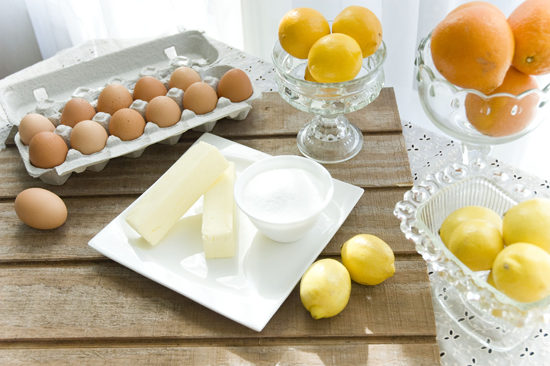
I use the recipe from Joy of Baking that I’ve duplicated below with my notes, along with the extremely helpful instructional video posted on the Joy of Baking site. The recipe calls for fresh lemons, eggs, sugar and butter. That’s all! I have started leaving the zest out of the recipe (try as I might, even with a micro plane, I am terrible zester), and I don’t find that the curd suffers. Your mileage and your curd may vary, but will definitely be gloriously delicious. Yeah, you heard me. Delicious mileage. Gloriously so.
Now, I know what you’re thinking. You’re trying to decide between “Delicious Mileage” and “The Curd Suffers” for your next album title. Well, don’t! They’re mine. As soon as I learn how to do music.
One last thing. My fellow countrymen, do your nation a favor and start saying curd as much as you can, in any conversation you can wedge it into. I’m sure we’ll get used to the sound of it eventually. Surely there’s some trace of colonist DNA in all of us somewhere that hears it and recognizes it and doesn’t think about spoiled milk, or worse. Let’s work together to activate that part of our collective ancestry!
Curd.
Curd.
Curd curd curd curd curdcurdcurdcurdcurd.
Yeah, it could take a while.
[divider]
Joy of Baking‘s Lemon Curd
Makes about a cup and a half
- 3 large eggs
- 3/4 cup (150 grams) granulated white sugar
- 1/3 cup (80 ml) fresh lemon juice (2-3 lemons) (do not use the bottled lemon juice)
- 4 tablespoons (56 grams) unsalted butter, at room temperature (I’ve had good luck with salted butter as well, and with butter that I of course forgot to take out of the fridge until I started cracking eggs. —Ed.)
- 1 tablespoon (4 grams) finely shredded lemon zest
- In a stainless steel bowl, whisk together the eggs, sugar, and lemon juice until blended.
- Place the bowl over a saucepan of simmering water. Cook, stirring constantly (to prevent it from curdling), until the mixture becomes thick (like sour cream or a hollandaise sauce) (160 degrees F or 71 degrees C). This will take approximately 10 minutes. (If you hit 10 minutes and it hasn’t thickened, try turning up the heat…but be prepared for it to thicken a little quickly and unevenly, and may need to pull it off the heat and stir with vigor to get any big, sudden lumps out. —Ed.)
- Remove from heat and immediately pour through a fine strainer to remove any lumps.
- Cut the butter into small pieces and whisk into the mixture until the butter has melted. Add the lemon zest and let cool. The lemon curd will continue to thicken as it cools.
- Cover immediately (so a skin doesn’t form) and refrigerate for up to a week.

